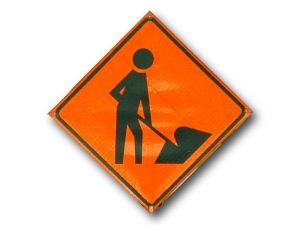Yet another Massachusetts State Trooper has been injured in a Boston car accident after being struck by an alleged drunk driver during a traffic stop, the Examiner reported.
Our Boston injury lawyers are not sure what it’s going to take to keep our rescue workers and road construction workers from being seriously injured or killed in Massachusetts work accidents. But putting some real teeth into the state’s “Move Over” law would be a good place to start. The state just enacted its current law, which provides for a fine of up to $100 for vehicles that fail to move over or slow down for stopped emergency vehicles with activated lights.
In comparison, Illinois’ Move Over Law comes with a fine of up to $10,000 and a two year license suspension — the first 90 days is a mandatory suspension for a property damage accident.
In this most recent incident, an alleged drunk driving struck the trooper’s car early Saturday morning while the trooper was conducting a traffic stop in the breakdown lane of Route 25 in Taunton.
The Trooper had pulled over a Chrysler Sebring for a driving violation when the Volkswagen Jetta slammed into his cruiser. The trooper was trapped in the car as a result of the accident. The 24-year-old driver of the Jetta was charged with driving under the influence of alcohol, negligent operation of a motor vehicle and failure to move over for an emergency vehicle.
Last month, Sgt. Douglas Weddleton was killed by an alleged drunk driver in Mansfield, while conducting a traffic stop on another accused drunk driver.
A third incident involved a trooper who was struck and injured by a motorist in Peabody while he was outside his vehicle conducting a traffic stop. A fourth trooper was injured after being hit while conducting a traffic stop in Cambridge.
The incidents have the Boston Examiner suggesting authorities begin raising awareness by conducting enforcement efforts that would stage a mock traffic stop at the side of the road while additional troopers stopped motorists not complying with the state’s Move Over law.
Continue reading
 Boston Car Accident Lawyer Blog
Boston Car Accident Lawyer Blog



